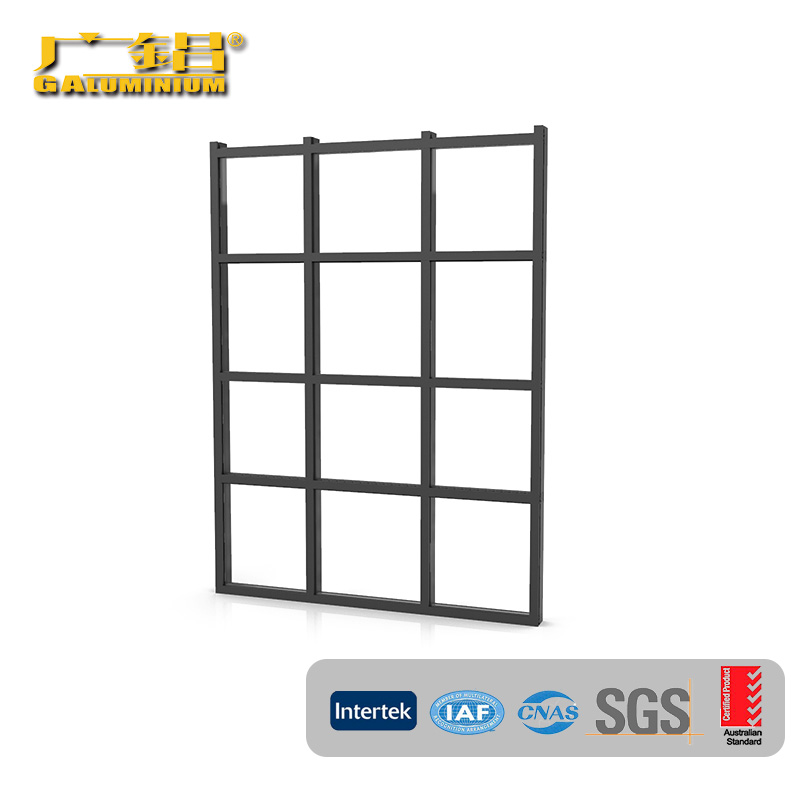Aspects related to aluminum curtain walls
2023-12-05
An aluminum curtain wall is a non-structural outer covering of a building's facade that is designed to support its own weight and withstand the effects of environmental forces such as wind and seismic loads. Curtain walls are typically made of lightweight materials, and aluminum is a common choice due to its durability, corrosion resistance, and design flexibility. Here are key features and aspects related to aluminum curtain walls:
1. Structure:
- Mullions and Transoms: Curtain walls consist of vertical and horizontal members known as mullions and transoms, respectively. These members provide structural support to the curtain wall system.
- Aluminum Framing: The framework of the curtain wall is typically made of extruded aluminum sections. The aluminum framing can be designed to accommodate various shapes and configurations.
2. Glazing:
- Glass Panels: The infill material for curtain walls is often glass, providing transparency and allowing natural light into the building.
- Spandrel Panels: In addition to glass, opaque panels known as spandrel panels may be used to cover areas where transparency is not desired. These panels can be made of materials such as aluminum, stone, or other cladding materials.
3. Design Flexibility:
- Customization: Aluminum curtain walls offer design flexibility, allowing architects to create custom facades with different shapes, sizes, and configurations.
- Finishes: Aluminum frames can be finished in various ways, including anodizing or powder coating, providing a range of colors and textures.
4. Performance:
- Thermal Performance: Curtain walls can be designed with thermal breaks to enhance energy efficiency and reduce heat transfer between the interior and exterior of the building.
- Weather Resistance: Aluminum curtain walls are designed to withstand environmental forces, including wind, rain, and temperature fluctuations.
5. Installation:
- Installation Method: Curtain walls are installed on the exterior of the building and are typically assembled on-site. The installation process involves attaching the aluminum framing to the building structure.
6. Applications:
- Commercial Buildings: Aluminum curtain walls are commonly used in commercial buildings, including office complexes, hotels, and shopping centers.
- High-Rise Construction: Due to their lightweight nature, aluminum curtain walls are often chosen for high-rise buildings where the weight of the facade is a critical consideration.
7. Integration with Building Systems:
- Compatibility: Aluminum curtain walls can be integrated with other building systems, such as sunshades, ventilation systems, and building automation.
Aluminum curtain walls contribute to the aesthetics and functionality of modern buildings by providing a sleek and contemporary exterior while allowing ample natural light into interior spaces. Their design versatility, durability, and adaptability to various architectural styles make them a popular choice in commercial construction.



